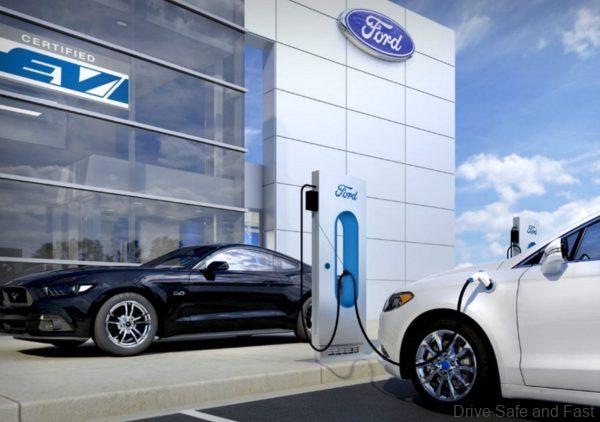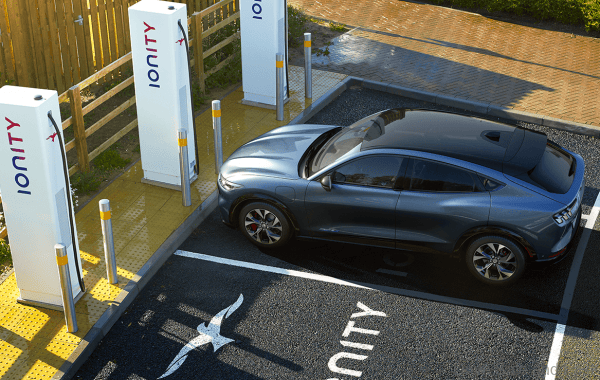Ford And Purdue University Have A 5 Minute EV Charging Cable
Electric vehicles could fully recharge in under 5 minutes with this cable from Purdue University.
While most electric vehicle (EV) technology companies work on fast charging batteries and battery chargers that reduce charging time, Purdue University and Ford Motor Company have been working on a prototype EV battery charging cable that could fully charge an EV’s battery in just five minutes.
This cable is still a working prototype however it could help overcome one of the last major obstacles standing in the way of battery-powered cars achieving mass acceptance.
Today, a DC fast charger takes about 20 minutes to ‘fill up’ an EV. A petrol powered car takes about 4-5 minutes. Therefore, this prototype charging cable could solve one of the biggest issues in EV charging.
Purdue University engineers have invented a new, patent-pending charging station cable that would fully recharge certain electric vehicles in under five minutes which is about the same amount of time it takes to fill up a fuel tank at petrol station.

Today, chargers are limited in how quickly they can charge an EV’s battery due to the danger of overheating. To charge an EV faster, a higher current needs to travel through the charging cable.
The higher the current, the greater amount of heat that must be removed to keep the charging cable operational. The cooling systems that chargers currently use remove only so much heat.

Using an alternative cooling method, Purdue researchers designed a charging cable that can deliver a current 4.6 times that of the fastest available EV chargers on the market today by removing up to 24.22 kilowatts of heat. The project was funded by a research and development alliance between Ford Motor Co. and Purdue.
Electric vehicle charging time can vary widely today, from 20 minutes at a station alongside a highway to hours using an at-home charging station. Wait times and charger location are both cited as major sources of anxiety for people who are considering electric vehicle ownership.
“My lab specializes in coming up with solutions for situations where the amounts of heat that are produced are way beyond the capabilities of today’s technologies to remove,” said Issam Mudawar, Purdue’s Betty Ruth and Milton B. Hollander Family Professor of Mechanical Engineering.

Removing more heat to shorten EV charging time
EV charging stations and other types of electronics rely on liquid cooling systems to remove heat from within their wires. Increasing the current through a charging cable using this method would require larger conductive wires and more liquid coolant, making the cable heavier and difficult for customers to handle.
For the past 37 years, Mudawar has been developing ways to more efficiently cool electronics by taking advantage of how liquid captures heat when boiled into a vapor. By capturing heat in both liquid and vapor forms, a liquid-to-vapor cooling system can remove at least 10 times more heat than pure liquid cooling.
These cooling benefits make it possible to use a smaller wire diameter inside the charging cable while dissipating a higher current. Research papers on the team’s experimental demonstration of the charging cable prototype and the cooling method it uses have been published in the International Journal of Heat and Mass Transfer.

Despite decades of research on liquid-to-vapor cooling, no industry has begun using these systems yet because studies like those conducted by Mudawar’s lab are needed to understand how to best implement the technology.
“The industry has a gap in knowledge and expertise needed to switch from pure liquid cooling to liquid phase change cooling. How do you design the system? What type of equations do you use to optimize it? But we do have this knowledge through our extensive research,” Mudawar said.
